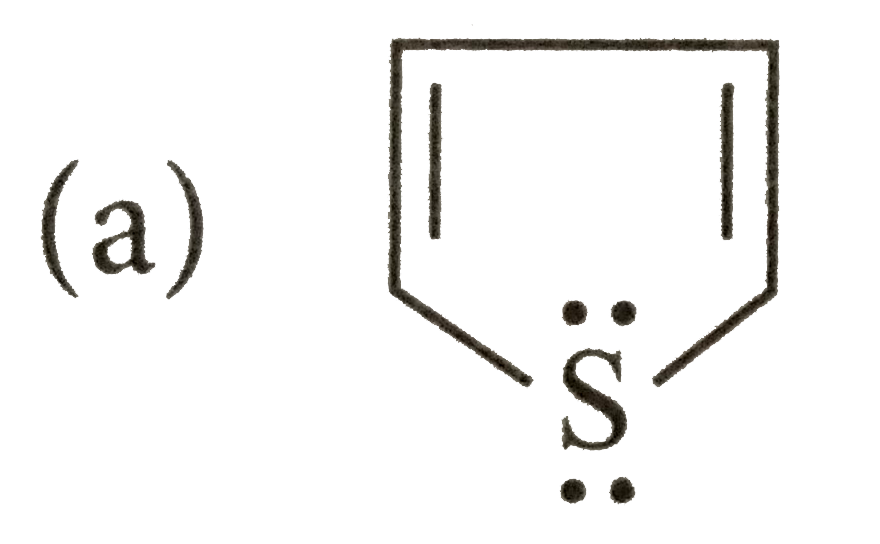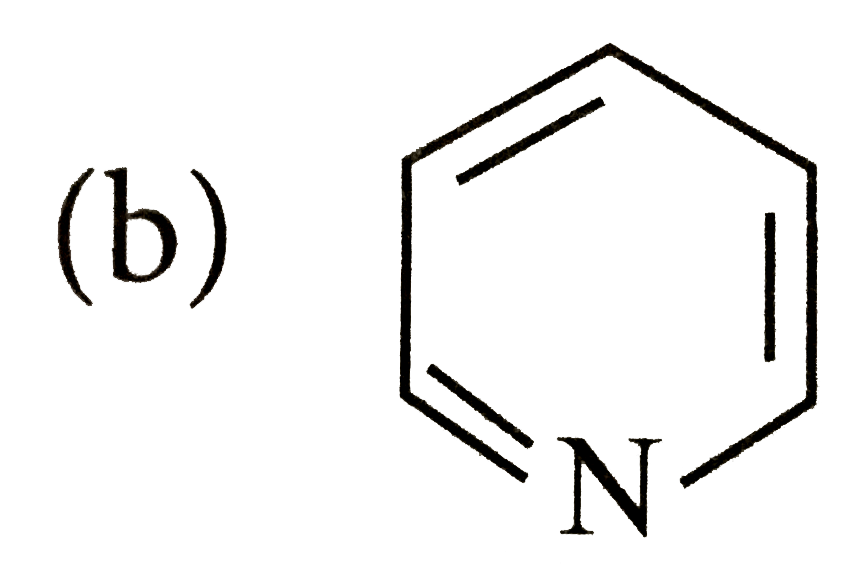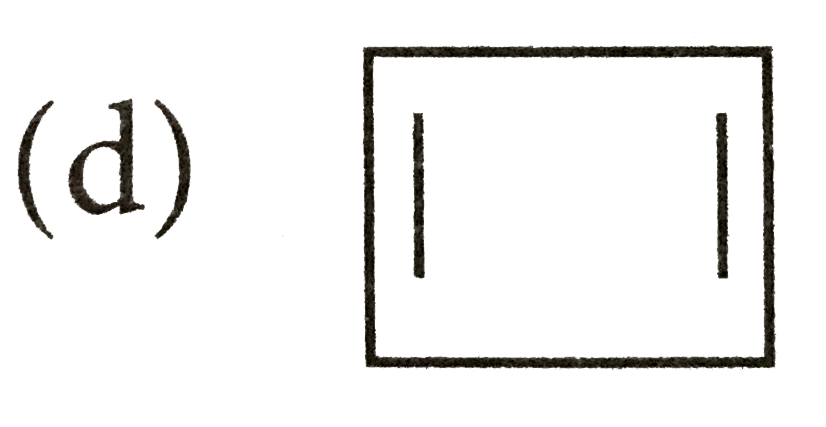Which of the following elements does not show disproportionation tendency?
Cl
Br
F
I
The correct Answer is:Flourine
To determine which of the given elements does not show disproportionation tendency, we need to understand what a disproportionation reaction is and analyze each of the options provided.
1. Understanding Disproportionation Reaction:
- A disproportionation reaction is a type of redox reaction in which the same species is both oxidized and reduced. This means that the element involved must have at least three oxidation states to facilitate this process.
2. Analyzing the Options:
- We have four elements to consider: Chlorine (Cl), Bromine (Br), Fluorine (F), and Iodine (I).
3. Oxidation States of Each Element:
- Chlorine (Cl): Can exhibit oxidation states of -1, 0, +1, +3, +5, and +7. Thus, it can undergo disproportionation.
- Bromine (Br): Can exhibit oxidation states of -1, 0, +1, +3, +5, and +7. Thus, it can also undergo disproportionation.
- Fluorine (F): The most electronegative element, it only shows an oxidation state of -1. It does not have a positive oxidation state and cannot be oxidized. Therefore, it cannot undergo disproportionation.
- Iodine (I): Can exhibit oxidation states of -1, 0, +1, +3, +5, and +7. Thus, it can undergo disproportionation.
4. Conclusion:
- Among the given options, Fluorine (F) does not show disproportionation tendency because it cannot be oxidized to a higher oxidation state; it only exists in the -1 oxidation state.
Final Answer:
Fluorine (F) does not show disproportionation tendency.
- A disproportionation reaction is a type of redox reaction in which the same species is both oxidized and reduced. This means that the element involved must have at least three oxidation states to facilitate this process.
- We have four elements to consider: Chlorine (Cl), Bromine (Br), Fluorine (F), and Iodine (I).
- Chlorine (Cl): Can exhibit oxidation states of -1, 0, +1, +3, +5, and +7. Thus, it can undergo disproportionation.
- Bromine (Br): Can exhibit oxidation states of -1, 0, +1, +3, +5, and +7. Thus, it can also undergo disproportionation.
- Fluorine (F): The most electronegative element, it only shows an oxidation state of -1. It does not have a positive oxidation state and cannot be oxidized. Therefore, it cannot undergo disproportionation.
- Iodine (I): Can exhibit oxidation states of -1, 0, +1, +3, +5, and +7. Thus, it can undergo disproportionation.
- Among the given options, Fluorine (F) does not show disproportionation tendency because it cannot be oxidized to a higher oxidation state; it only exists in the -1 oxidation state.
Fluorine (F) does not show disproportionation tendency.
Topper's Solved these Questions
- REDOX REACTIONSBook:NCERT EXEMPLAR ENGLISHChapter:REDOX REACTIONSExercise:ASSERTION AND REASON
Explore 4 Videos
- ORGANIC CHEMISTRY : SOME BASIC PRINCIPLES AND TECHNIQUESBook:NCERT EXEMPLAR ENGLISHChapter:ORGANIC CHEMISTRY : SOME BASIC PRINCIPLES AND TECHNIQUESExercise:Long Answer type question
Explore 6 Videos
- SOME BASIC CONCEPTS OF CHEMISTRYBook:NCERT EXEMPLAR ENGLISHChapter:SOME BASIC CONCEPTS OF CHEMISTRYExercise:All Questions
Explore 45 Videos
Similar Questions
Knowledge Check
Which of the following elements does not show allotropy ?
A1. NitrogenB2. BismuthC3. AntimonyD4. ArsenicWhich of the following species does not show aromaticity?
A B
B C
C D
D
Which of the following examples does not represent disproportionation ?
View SolutionWhich of the following species, do not show disproportionation reaction and why ?
ClO−,ClO−2,ClO−3 and ClO−4
Also write reaction for each of the species that disproportionates.
View SolutionWhich of the following element does not show −3 oxidation state.
View SolutionWhich of the following reactions represents disproportionation ?
View SolutionWhich of the following does not show protogyny?
View SolutionWhich of the following element does not show the variable oxidation state ?
View Solution

